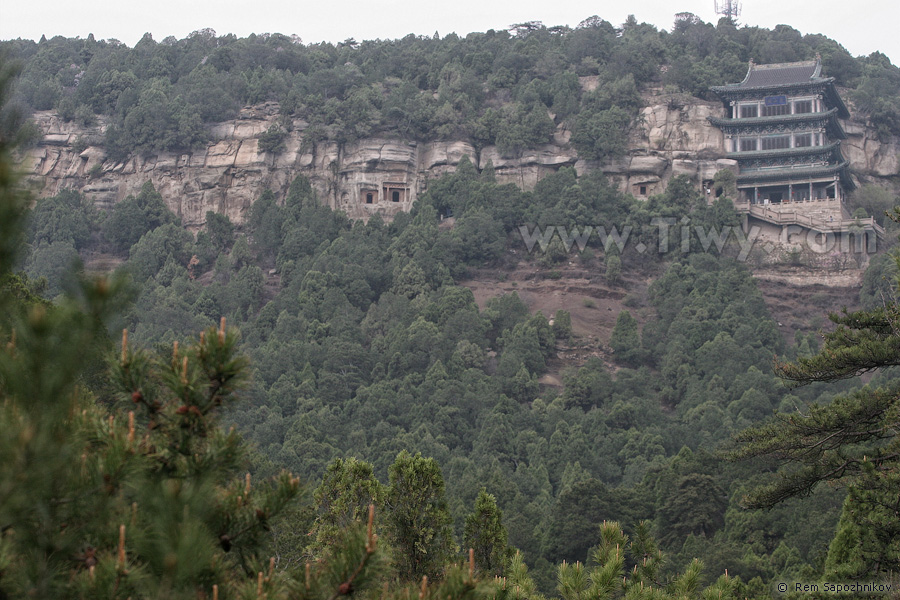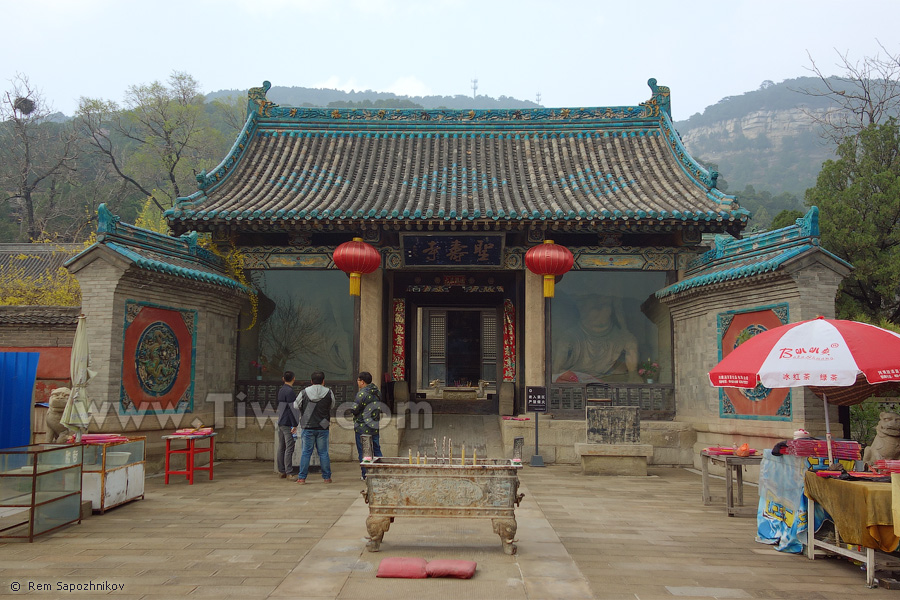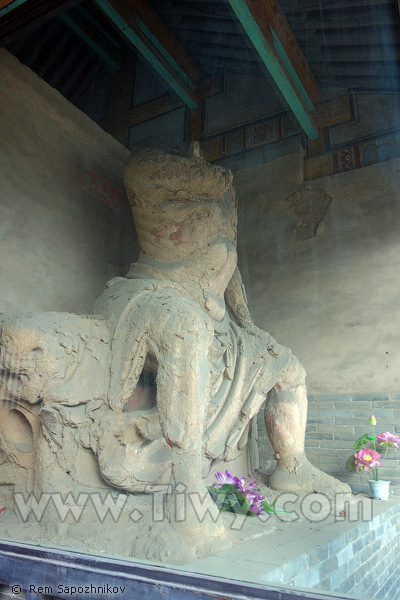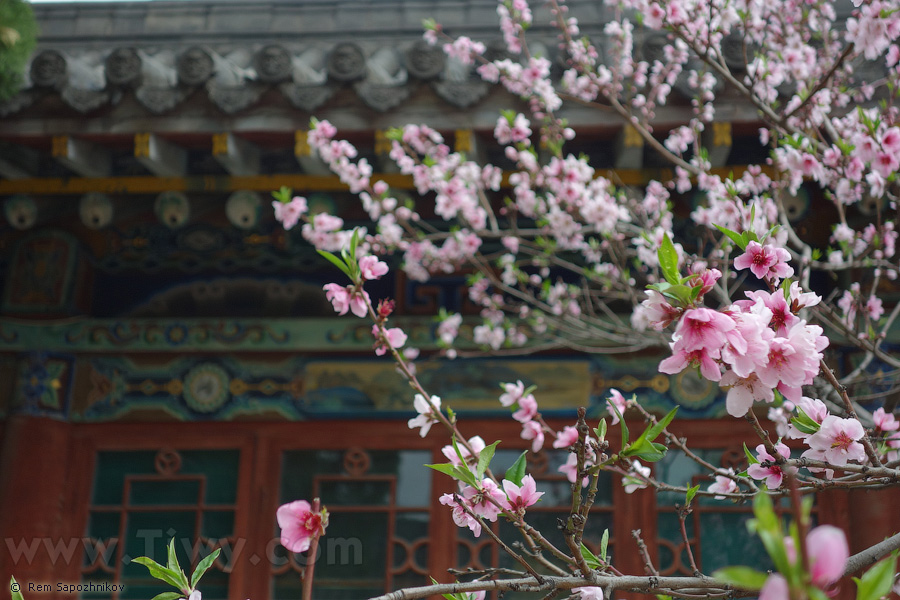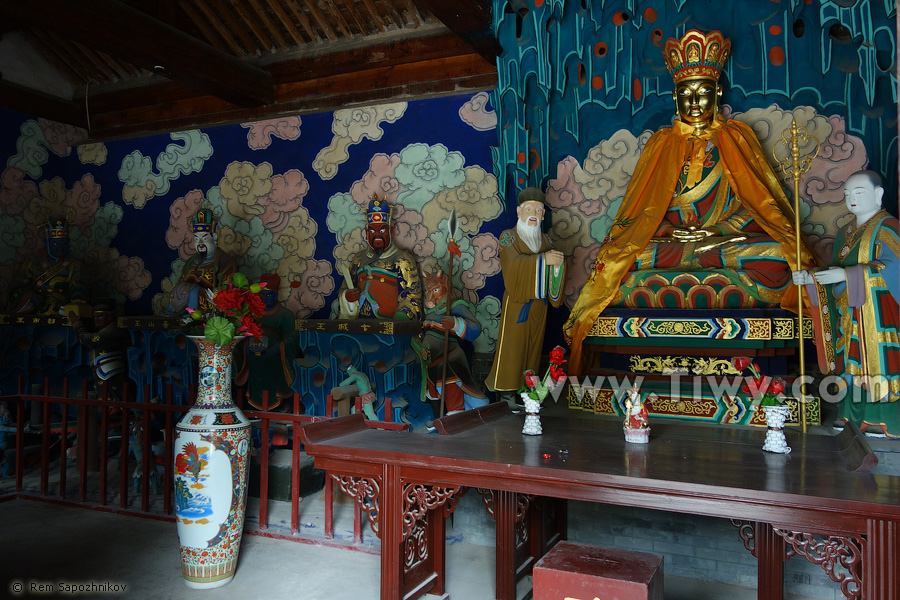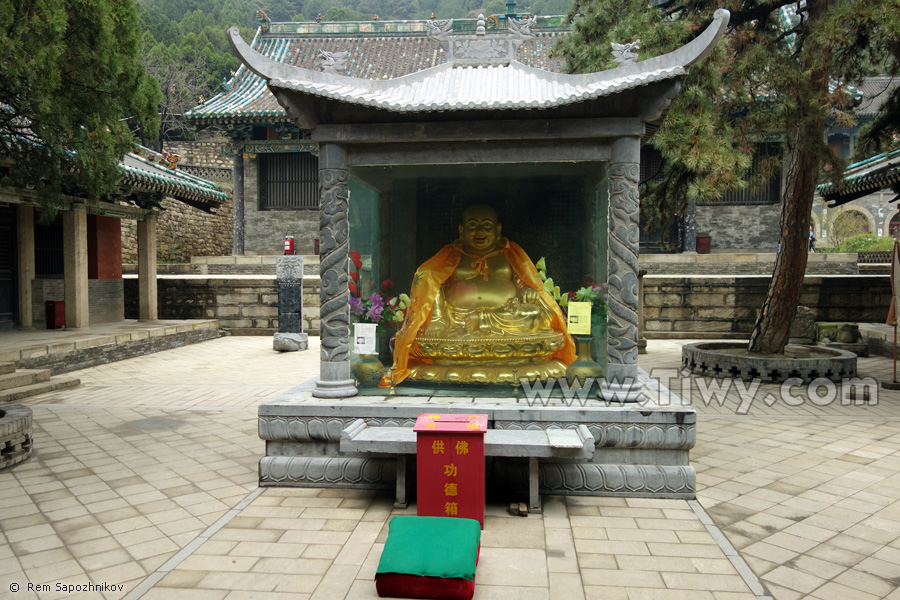Tianlongshan Grottoes (天龙山石窟 - Tiānlóngshān shíkū)
From a public transport stop which is the closest to Buddha on the Mengshan mountain, I rode the bus to the terminal station, from where on foot was going to reach the Jinci Temple. But right there the taxi drivers appeared and began to offer me to go to the Tianlongshan Grottoes. I have not included these grottoes in my itinerary, as they are quite far from the city, but once the opportunity presents itself, then why should I refuse.
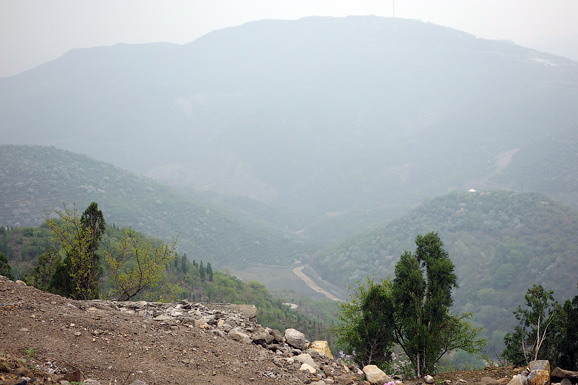


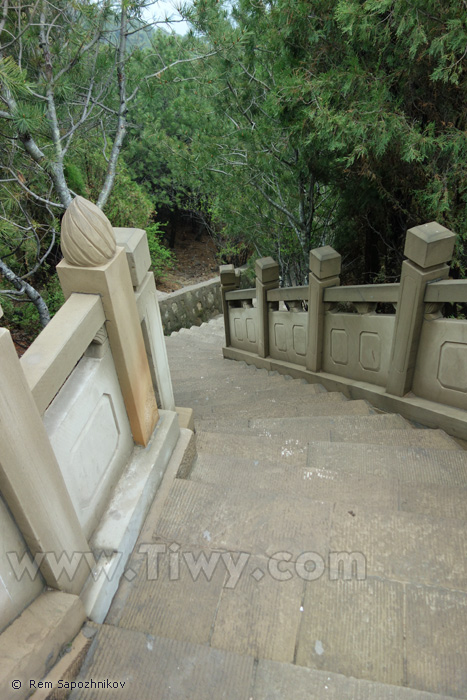


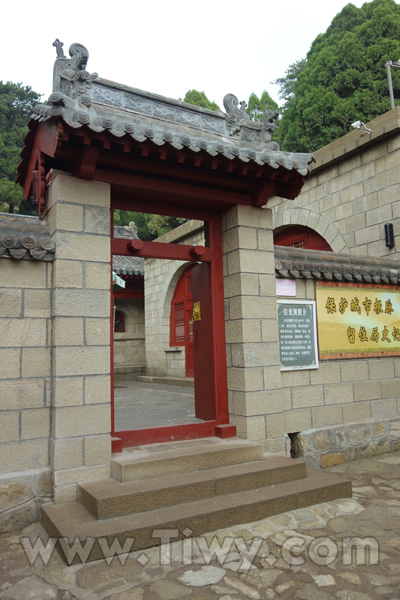



My version is that this poem of Feng Yuxiang, written during a secret visit to these places in 1931.



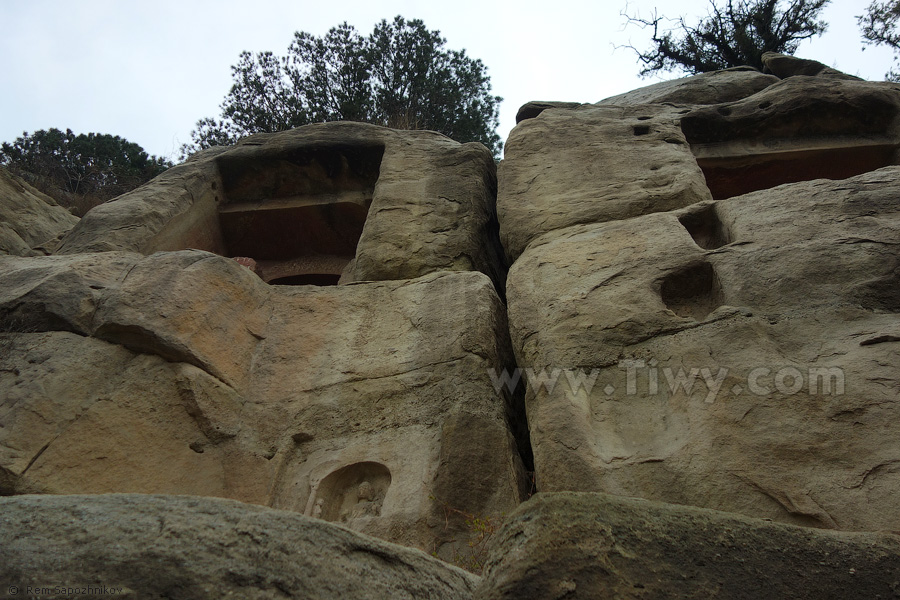
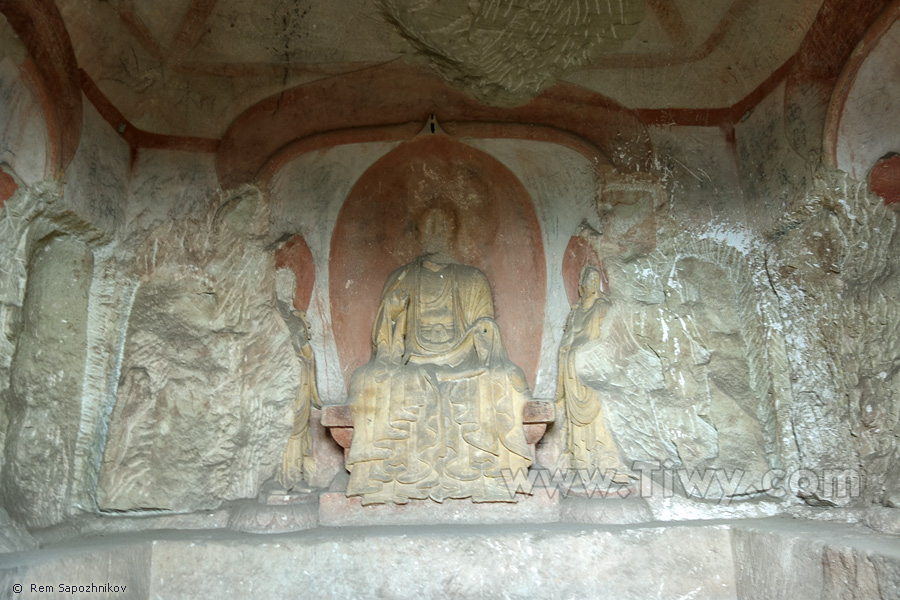
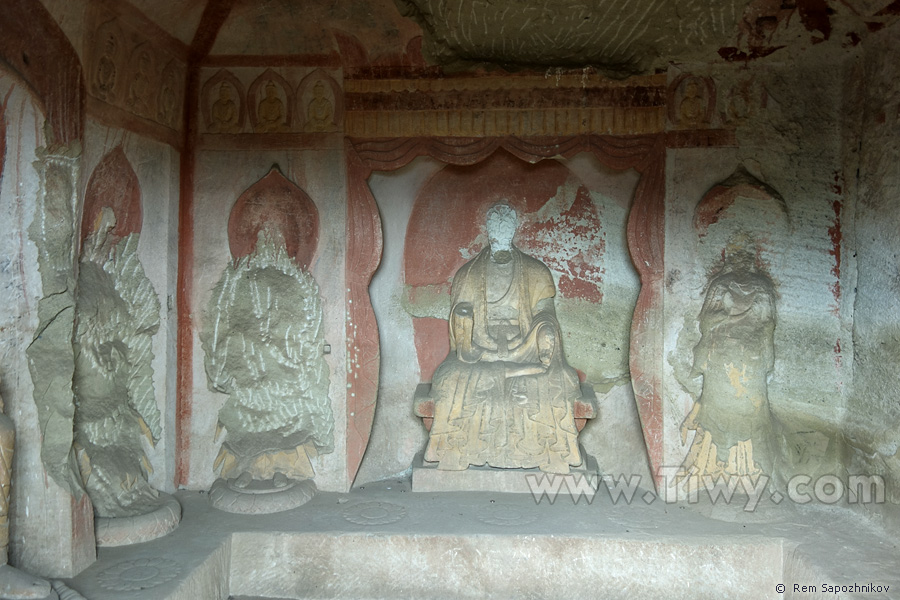

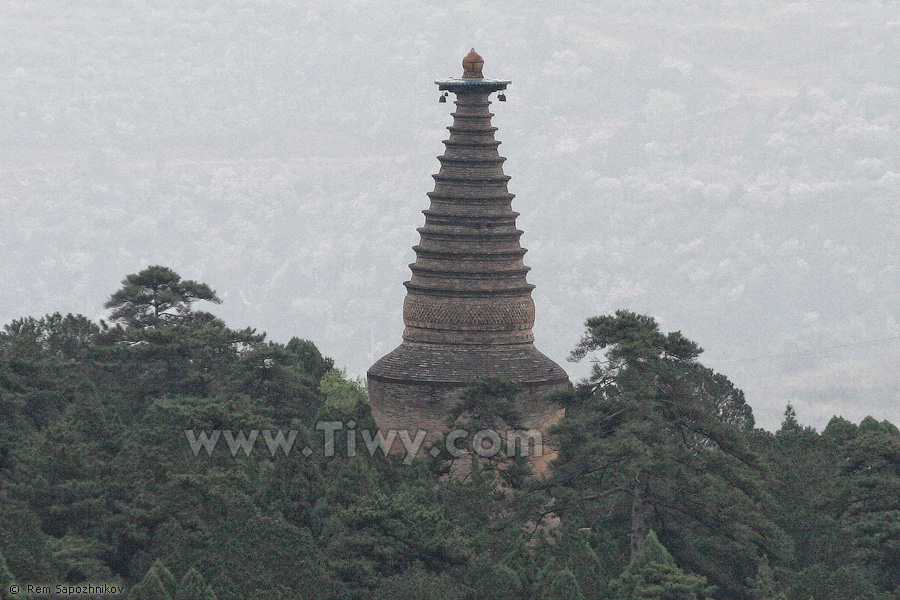

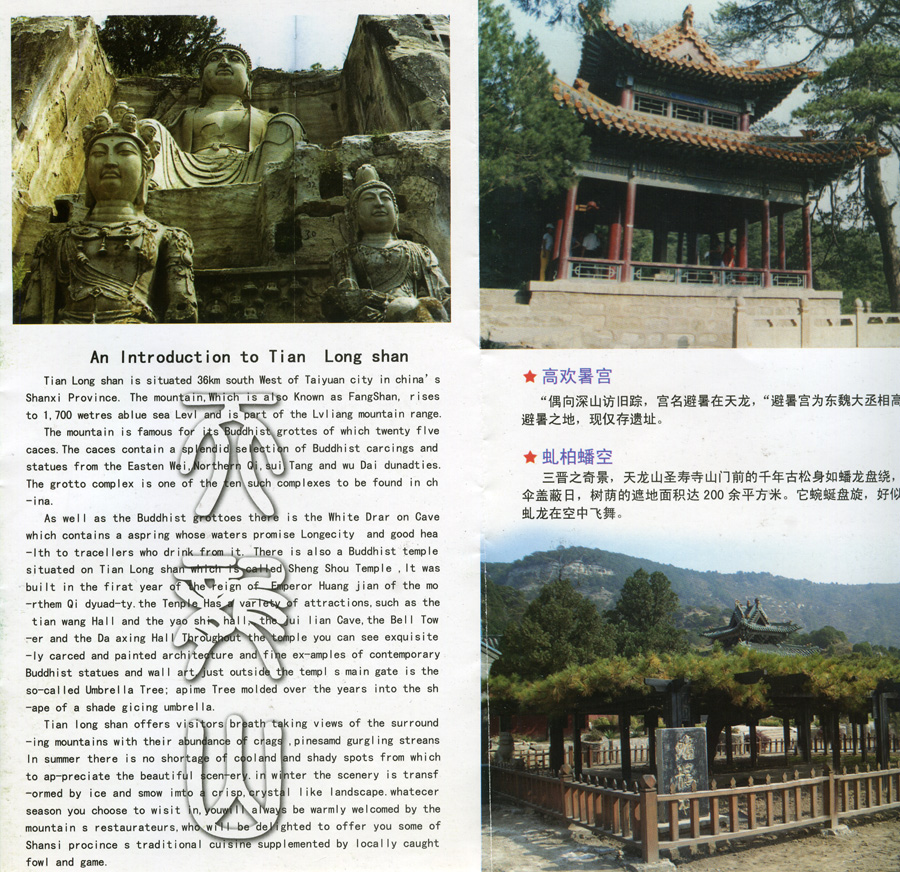
On the first level there are three statues: Manjusri (not visible in the photo), Avalokitesvara (pictured left) and Samantabhadra (pictured right). One level upper of the trio, there is a large statue of Maitreya.

